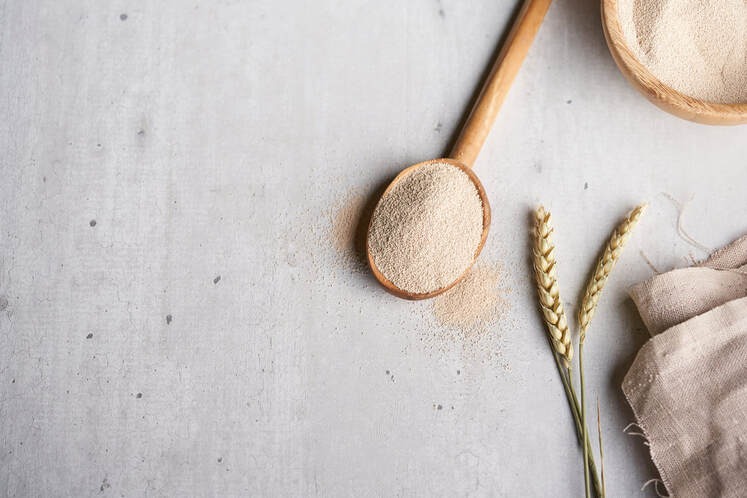Desirable Wine Aroma Compounds, Part 2
Yeast Derived, Amino Acids and the Ehrlich Pathway
By: Brent Nakano
In alcoholic beverages, there are aroma compounds produced by the plant that are directly imparted into the beverage or released from its glycosidically bound form by enzymatic cleavage. These compounds were discussed last month in Wine Aroma Part 1. There are also “yeast-derived” flavors that are produced by the significant degradation of macromolecules through metabolism or catabolism and the de novo synthesis of aroma compounds.

